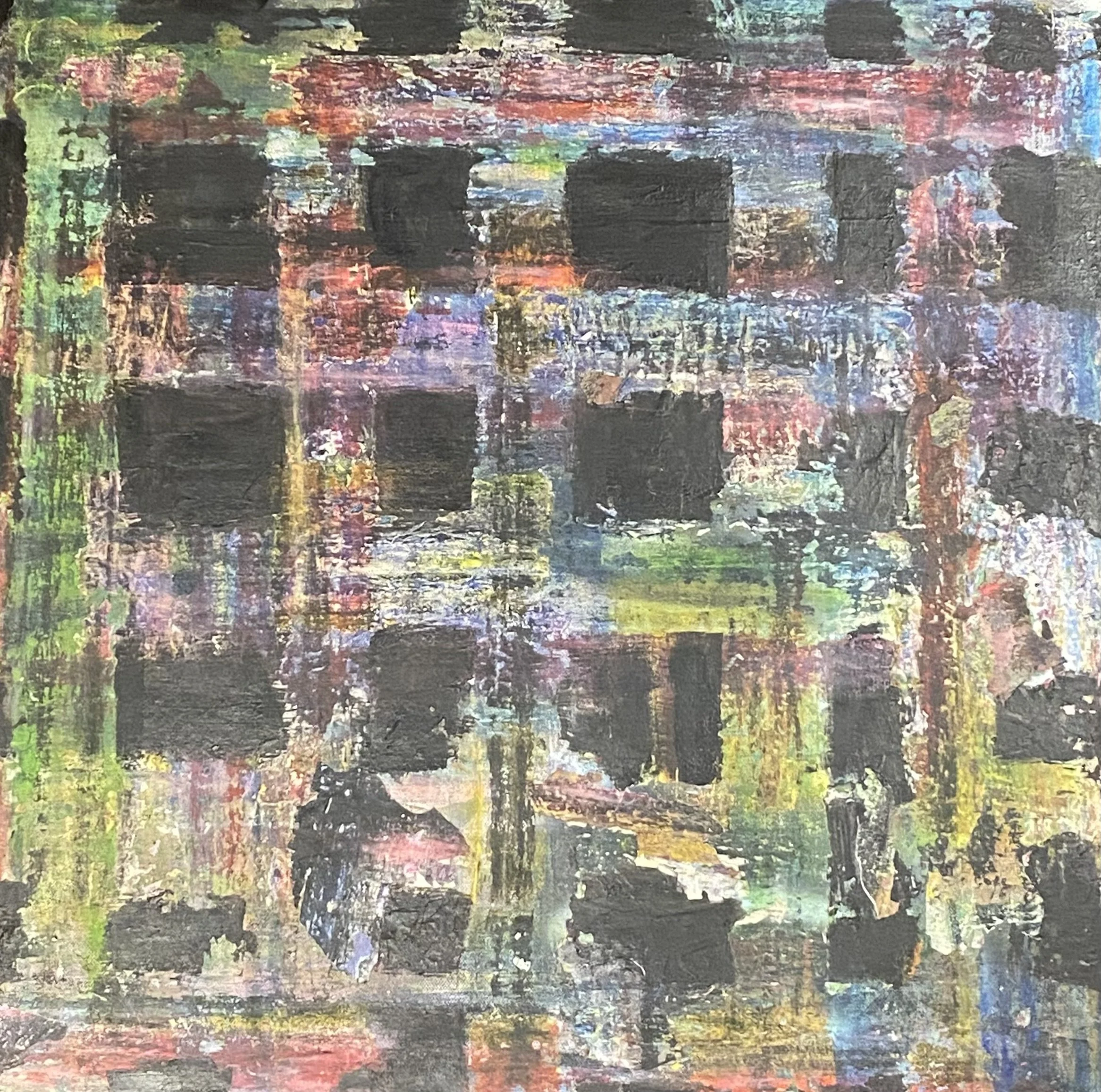Where Thought Meets Imagination
There’s a persistent idea in psychology that creative therapies sit at the fringes of evidence-based practice. That when art materials enter the room, the work somehow shifts into a softer or less rigorous space. In my experience, this couldn’t be further from the truth.
As a cognitive therapist who also works deeply with creative processes, I’ve found that these approaches don’t compete they complement and enrich one another. Creativity isn’t the opposite of cognition. It’s a mode of cognition. Our role as clinicians is not to separate them, but to integrate them, intentionally and ethically, in support of change.
Cognitive therapies like CBT, ACT, and Schema Therapy are often described as structured and language-based, while creative approaches are framed as expressive and intuitive. But this is a false dichotomy. Creativity engages core cognitive processes attention, memory, symbolic reasoning, and problem-solving while drawing on emotional insight and flexible thinking.
Rather than being at odds with cognitive therapy, creative modalities offer alternate pathways to the same outcomes: insight, integration, and behavioural change. Paivio’s dual coding theory, for example, highlights how humans process information through both verbal and non-verbal systems and how combining the two enhances learning and emotional processing.
Metaphor is already central to many evidence-based therapies. ACT is built around metaphor, and Schema Therapy uses imagery, storytelling, and experiential techniques. What changes in creative work isn’t the therapeutic intent, but the materials and sensory channels used to access it.
What’s Underneath, Acrylic and pastel on canvas, 2014
Old Maps, New Worlds
One of the most useful frameworks I draw on is Padesky and Mooney’s “old world/new world” model, developed within Strengths-Based CBT. Clients often arrive in therapy with a well-established “old world” map shaped by early experiences, core beliefs, and survival strategies that once served them, but now constrain or distress them.
The aim isn’t to erase or reject this old world, but to build a “new world” rooted in strengths, values, and more flexible beliefs. This new world is reinforced through lived experience via behavioural experiments, emotional processing, and repetition. Over time, it becomes a viable alternative that coexists with the old map, gradually reducing its influence.
Creative processes can support this transition powerfully. Drawing, collage, metaphor, and image-making offer a way to externalise and integrate emerging perspectives. These tools help clients symbolically map new identities, creating a bridge between what has been and what could be.
Not Additive - Integrated
It takes time and skill to become proficient in any therapeutic modality. EMDR, DBT, and ACT all require training, supervision, and a clear understanding of when and how to apply them. The same is true of creative therapy. Used poorly, it risks being superficial. Used well, it can be profoundly transformative.
Creative approaches are not add-ons or backup tools. They are legitimate, evidence-informed methods of supporting emotional processing, insight, and growth. In my practice, I often combine elements of Schema Therapy or DBT with image-making, guided tasks, or metaphor. These integrations aren’t improvised they’re chosen with care and grounded in clinical rationale.
I don’t privilege creativity for its own sake. I use it when it serves a clear clinical purpose that aligns with the client’s needs and goals.
Cognitive and Creative Pathways to Healing
Good therapy is both structured and spacious, offering scaffolding and freedom. This is the value of integration: understanding how different modalities can work together to enhance outcomes.
In my work, I use both cognitive and creative pathways as complementary ways of engaging with experience. Creativity is a cognitive process one that involves imagination, synthesis, emotional insight, and symbolic thinking. The difference lies not in its legitimacy, but in its form.
When we combine structured, evidence-based frameworks with creative methods, we open up more of the mind’s natural capacity for change. Because clients can externalise, reframe, and embody new perspectives sometimes before they can fully articulate them.
Creative Prompt
What does your “new world” look like? Sketch it, collage it, write a scene from it, or describe it in metaphor. You don’t have to believe in it yet. You only have to imagine that it’s possible.
Suggested Readings
Hayes, S. C., Strosahl, K. D., & Wilson, K. G. (1999). Acceptance and Commitment Therapy: An Experiential Approach to Behavior Change.
Malchiodi, C. A. (2012). The Handbook of Art Therapy (2nd ed.).
Padesky, C. A. (1994). Schema Change Processes in Cognitive Therapy.
Padesky, C. A., & Mooney, K. A. (2011). Strengths-Based Cognitive-Behavioural Therapy: A Four-Step Model to Build Resilience. Clinical Psychology & Psychotherapy, 19(4), 283–290.
Paivio, A. (1990). Mental Representations: A Dual Coding Approach.
Young, J. E., Klosko, J. S., & Weishaar, M. E. (2003). Schema Therapy: A Practitioner’s Guide.

